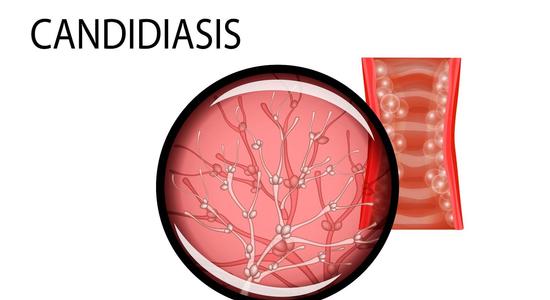See all "Answers" Section Topics
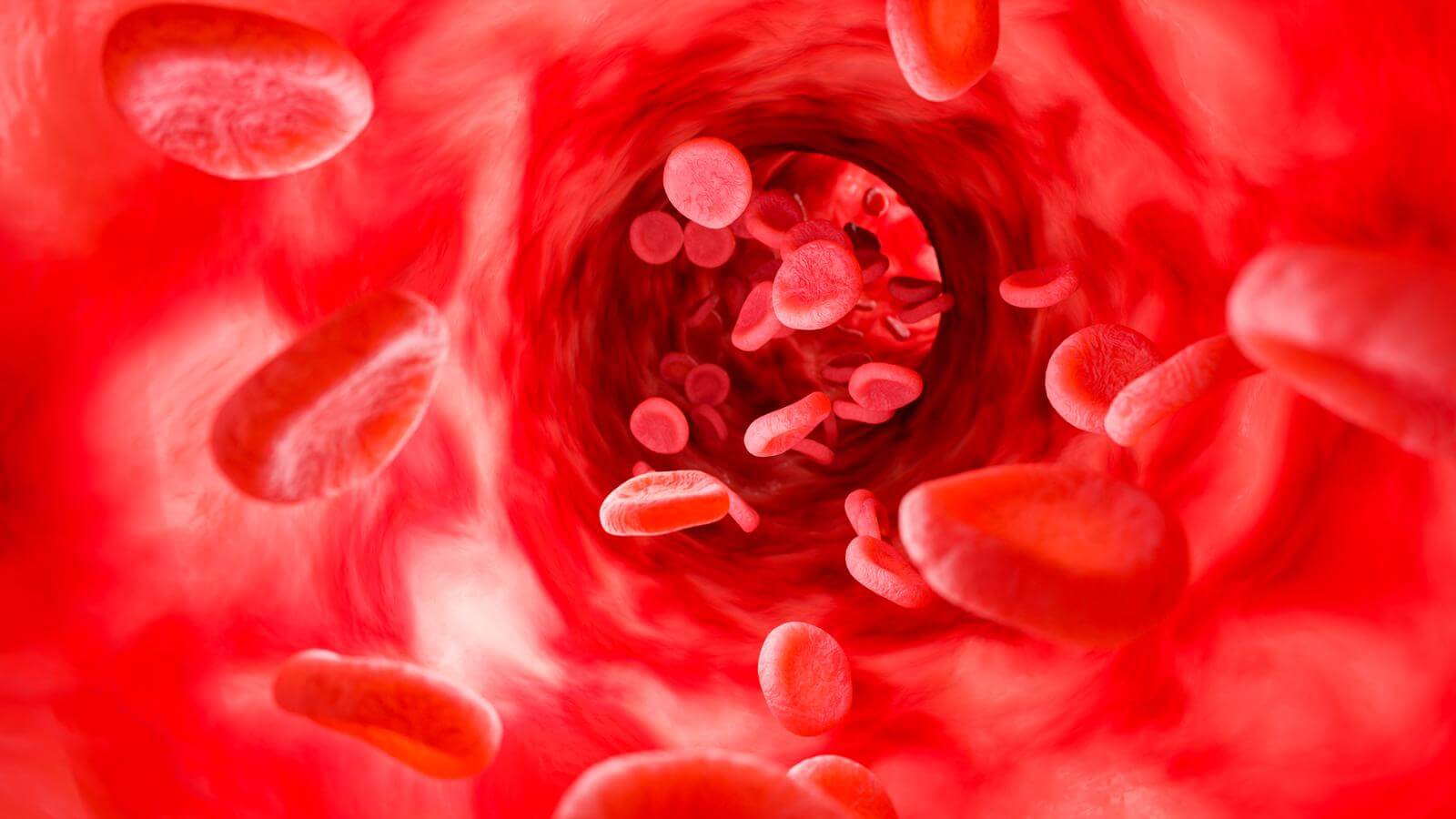
Having episodes of bleeding in an area of the body that seems to be suffering from an infection? It could be very well due to an attack of Candida—the yeast that causes infections. However, there are other types of infections that can cause bleeding. One key way to tell if a yeast infection is causing bleeding, is to see if you notice white patches on the skin or in the vagina. Candida will develop white patches, and this is a very excellent indicator of such an infection. However, if you are a women, and are having unusual vaginal bleeding, it may be due to hormonal irregularities. STD’s can also cause women to have episodes of vaginal bleeding. Yes, it is true that some rare, severe yeast infections can cause a lot of bleeding; but, these are very rare cases. Chances are, if you are not showing the classic signs of a yeast infection, your bleeding is not related to Candida. This article will look at several common causes of bleeding; and, can help you better understand what is causing the unusual bleeding!
Candida Causes Bleeding
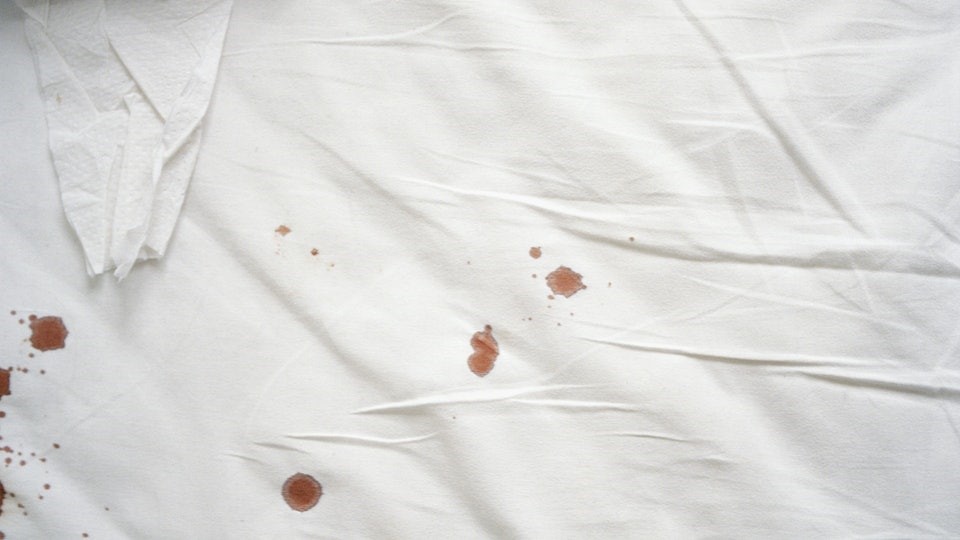
One of the most tell tale signs, that indicates Candida is effectively colonizing an area of the body, is the appearance of a creamy white lesion. The first sign of a white lesion, indicates that Candida has transitioned from a harmless, benign colonizer to a pathogenic invader (Akpan, Morgan; 2002). These white lesions can be scraped off to reveal an inflamed, reddened skin underneath. Bleeding can occur when these lesions of Candida are scraped away. This is, perhaps, the most common way a yeast infection will cause bleeding to occur. If you notice white lesions in the vagina, or small white patches on the penis; then, if these infected areas are rubbed or scraped, this can result in mild bleeding.
Bleeding from Candida infected skin may happen spontaneously—although this is perhaps much more of a rare occurrence. Physical rubbing or scrapping of Candida infected skin or mucosa, is going to be a primary way bleeding will occur. Barron’s Dictionary of Medical Terms (2012) agrees that easy bleeding can sometimes accompany a yeast infection. The Dictionary has this to say regarding yeast infections:
Infection caused by a Candida species of fungus (e.g., Candida albicans), affecting most often the skin, mouth, and vagina, and causing itching, peeling, whitish exudate, and sometimes easy bleeding. Common forms of candidiasis include thrush and some types of vaginitis and diaper rash.
https://corp.credoreference.com/component/booktracker/edition/10325.html
In the 2013 edition of Mosby's Dental Dictionary, the authors state that oral thrush causes white patches that, when scraped off, leave bleeding tissue. So again, agitation of thrush lesions is going to cause some bleeding. Yeast infections will not typically cause intense bleeding. Yet, in very rare cases of severe Candidiasis, severe bleeding can result—yet this is very unlikely. Nearly all yeast infections should not cause bleeding without significant agitation to a thoroughly colonized body area.
The 1998 edition of Mosby's Emergency Dictionary, states that a cause of vaginal bleeding for women is cervicitis. Cervicitis is chronic, or sudden inflammation of the cervix. This is caused by an infective agent such as Candida, Trichomonas vaginalis, or Gardnerella vaginalis. This condition usually happens to women in their reproductive years. In some cases, the cervix can start bleeding. So if you have a vaginal yeast infection, and you bleed from the vagina, your cervix may have been compromised by Candida.
If you have a significant amount of bleeding from an area, and the area has not experienced physical agitation, Candida is going to be a very unlikely cause of this problem. If you are a woman, and are having unusual vaginal bleeding, there are a host of other more likely causes.
A 1/2 Day & Yeast is Gone!
Linda Allen suffered from yeast infections for years. Through researching natural medicine & Candida, she found an efficacious solution!
Linda is one expert you want on your side! Let her show you how to get rid of a superficial yeast infection in just 12 hours; AND, keep it gone!
A 60-day, 100% money back guarantee is provided.
Visit Official Site!Unusual Vaginal Bleeding

Having unusual vaginal bleeding can be a result of several health problems. One likely cause of unusual bleeding, is a hormonal problem. For instance, if there is some problem that prevents your body from entering ovulation, the endometrial lining may not be entirely shed in the subsequent menstruation. The result is, the endometrial lining will continue to increase in thickness. After the next successful ovulation, this overly thick lining will be shed in menstruation and a heavy amount of bleeding will result. Also, hormonal irregularities can create irregular menstrual periods—some short, some long—and can also cause spotting (occasional episodes of light vaginal bleeding).
Of the various factors that can bring about irregular or unusual vaginal bleeding, here are some of the common causes:
- Hormonal Irregularities — Thyroid dysfunction, polycystic ovary syndrome (PCOS).
- Body Weight — being obese or rapidly losing weight.
- Extreme Physical Activity
- Breastfeeding
- Excessive Stress — The body releases hormones in response to stress.
- The End of Menstruation — When women approach menopause, they may experience irregular periods.
- The Beginning of Menstruation — At the start of menstruation in women, there may be some irregular cycles for up to a year or so.
- Prescription Medications — Drugs that alter estrogen or progesterone levels, such as birth control pills, frequently alter menstrual bleeding. Many women who take estrogen birth control pills, have much lighter periods as a result.
- Source, and for more information: Menstruation Fact Sheet.
The majority of females will experience a fluctuation in the length of their menstrual cycle, or the amount they bleed during their period, at some time in their life. The most common cause of this abnormal bleeding, is due to a lack of normal ovulation. Regular periods may return quickly or can take several months to totally normalize. Occasionally, a woman may need to take an estrogen based drug to fully normalize her menstrual cycle—like birth control pills.
So although a yeast infection can cause bleeding, it is perhaps much more likely that unusual vaginal bleeding is due to one of the aforementioned causes—and not a result of Candida. Your menstrual cycle can influence the rate at which Candida develops in the vagina. If you have noticed a correlation between your menstrual cycle and yeast problems, you can be proactive and take the right steps to address the underlying issues causing this cycle. A section of Candida Hub, Yeast Infection and Periods, explains possible causes for yeast infections before, after, and during your period. You may get some good clues about why you seem to have an issue with Candida at a certain phase in your monthly cycle by looking this section over.
Eliminate Bacterial Vaginosis & Vaginal Odor
Jennifer O’Brien is one prominent expert on BV that knows how to get rid of vaginal odor. BV is a common infection that you don’t have to put up with.
Jennifer will show you how to naturally eliminate vaginal odor in just 3 days.
A 60-day, 100% money back guarantee is provided.
Visit Official Site!Sexually Transmitted Diseases and Bleeding
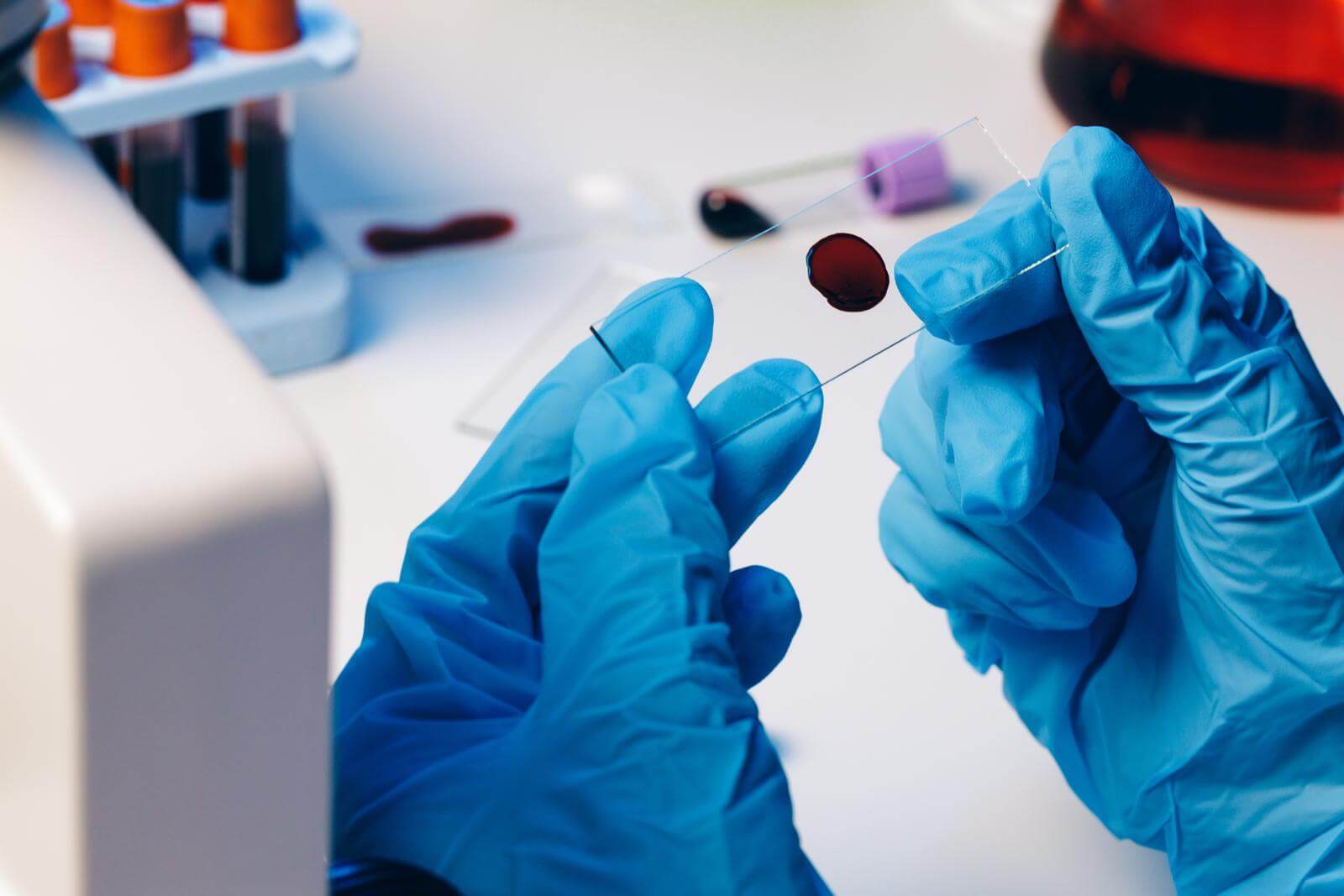
Trichomoniasis, gonorrhoea, and the human papillomavirus (HPV) can all cause bleeding. So, if you have been sexually active with different individuals, you may have a sexually transmitted disease that is the source of your bleeding.
The bacteria Neisseria gonorrhoeae causes the STD gonorrhoea. Gonorrhoea more often affects men than it does women. In men, this STD usually strikes the urethra; and, women commonly get gonorrhoea in their cervix. In many cases, this STD is asymptomatic and the carrier may not even realize they are infected. Women can sometimes experience vaginal bleeding due to this STD (The Concise Human Body Book, 2009).
Chlamydia is another STD, caused by the bacteria Chlamydia trachomatis, that can cause bleeding. This STD typically does not produce noticeable symptoms; and, can be carried by an individual without their knowledge. Women who have chlamydia, can have vaginal bleeding episodes after sexual intercourse. This bleeding is a result of inflammation and damage the STD causes to the cervical columnar epithelium. Men and women who engage in receptive anal sex can develop chlamydia in their anus; which, can lead to bleeding of the anal area. Women who use oral contraceptives can also see bleeding.
Trichomoniasis, caused by the single celled protozoa Trichomonas vaginalis, can also cause vaginal bleeding. A key indicator that you have trichomoniasis are “strawberry spots” on the vaginal walls or cervix. In some cases, this STD can cause the cervix to start bleeding on contact—so if you are bleeding after sexual intercourse, this may be why. Trichomoniasis is the most common, curable STD in the world; and, is responsible for about 20% of all vaginal infections.
HPV is a horrible virus that causes warts on nearly any area of the body that comes into contact with it. HPV, can therefore, also easily affect the vagina; typically getting a foothold in that area due to sexual activity with an infected individual. HPV can cause a women to have vaginal bleeding after sexual intercourse. For more information about STDs and how to tell them apart from yeast infections, you can learn more here: Sex and Yeast Infection.
Clair Goodall: Author & Nature Lover
Clair Goodall is a bee-obsessed natural medicine convert from Minnesota. She is one expert you might want to know more about!
Clair will help you protect you and your family from toxic products and chemicals and help you discover solutions from nature.
Also, Clair’s book is backed by a 60-day, 100% money back guarantee
Visit Official Site!Bacterial Vaginosis and Bleeding
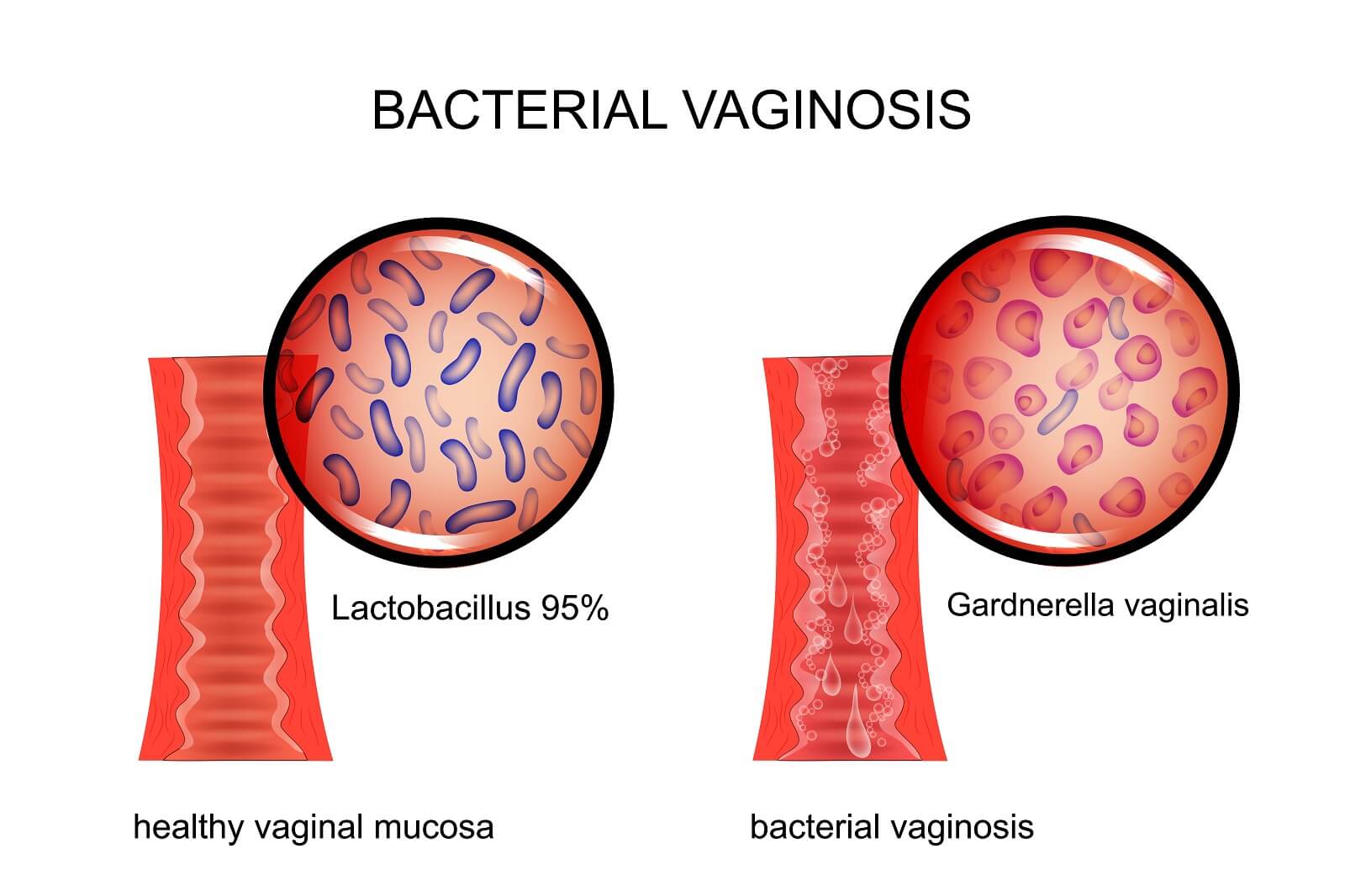
Yes, bacterial vaginosis (BV) is not an STD; but, this problem is the most common vaginal infection. More women have BV than they do vaginal Candidiasis, or other infections of this area. BV can also cause bleeding. Women who have BV are sometimes totally without symptoms; however, the most common, and poignant symptom, is a fishy smelling vaginal odor. Often, the fishy vaginal odor is apparent after sexual intercourse. In some instances, women who have BV will see some bleeding from the vagina after sex. BV can also cause irregular bleeding episodes. If you currently have a bad vaginal odor and you are bleeding from the vagina, BV could be responsible. For more information on this topic, check out What Yeast Infections Smell Like. In this section of Candida Hub, you’ll find extensive information on BV, and other causes of vaginal odor.
A Natural, 12 Hour Yeast Infection Cure

According to a research paper published in Clinical Microbiology Reviews [12.1 (1999): 80-96], Candida species are quite ubiquitous organisms. Candida are most frequently present in the mouth; and, live in 31% to 55% of healthy people. The species that causes approximately 70% to 80% of all Candida infections is C. albicans.
The Chinese Journal of Obstetrics and Gynecology [2011 Jul;46(7):496] reports there appears to be a correlation between intestinal Candida infections and vaginal yeast infections. And, this provides a clue, as to why yeast infections in general, can reoccur.
This study states, in 148 cases of vaginal candida infections, 33.1% of the women were infected in both the intestines and vaginal area. The recurrence rate of yeast infections, in women with simultaneous intestinal infection, was significantly higher than for women who did not have an intestinal infection. This study concluded that vaginal yeast infections are highly associated with simultaneous intestinal Candida infection.
As research appears to indicate, systemic Candida infections can and do happen. A more systemic Candida infection may primarily get a foothold in the intestines; and cause a wide array of problems. If your yeast infections keep happening, a systemic Candida problem may be why.
One woman who suffered from a systemic Candida infection, for about 12 years, was Linda Allen. The systemic Candida infection that attacked Linda caused a wide range of health problems in addition to yeast infections. Some of these problems, Linda describes in her own words in the following quote:
To be honest, it was hard to pinpoint exactly what was wrong: I wasn’t really sick, but I wasn’t really well either. I had listlessness, fatigue, brain fog, stomach ailments, unexplained rashes, skin infections, and so on. It seemed like every day brought a new challenge.
My energy was sapped and I felt exhausted, which affected my grades and put a big dent in my social life.
Linda Allen’s symptoms included an embarrassing vaginal discharge, severe itching, and burning sensations. Her infections were difficult to deal with, and Linda’s health problems cost her financially as well. Linda states these infections of Candida can become excruciating when they happen as frequently as a menstrual period.
Yet, Linda spent a great deal of time in research; and even questioned health professionals who were kind enough to share some time with her. Linda even tried an array of purported "cures." Although it took a while, eventually, Linda put together a natural treatment plan she hoped would solve her Candida situation.
After spending about a year refining her new approach, Linda tried her system on herself. It worked amazingly well. Linda even returned to a few medical doctors to get tested for the presence of infections. These tests revealed all indicators of infection had vanished! Linda was indeed well again, after such a long, difficult journey.
Linda has since published a book detailing how to copy her success. She also includes a 12 hour yeast infection cure that can get rid of a superficial (such as a genital yeast infection or oral thrush) yeast infection in about 12 hours.
Linda’s publisher protects those who get her book with a 60 day, 100% money back guarantee. Linda’s publisher, a subsidiary of the United States based firm Keynetics Incorporated, is a reputable digital retailer that has been around for a long time. They have great customer service, and make getting a full refund on Linda’s book quick and easy. If you’re not satisfied, you can quickly get all your money back.
If you would like to learn more about Linda’s journey to freedom from Candida, see reviews of others who tried her natural system, or find out more about her efficacious book; you can find more information at Linda Allen’s website.
Author: Mr. Nicholas Gross

Nick Gross is a natural medicine enthusiast who has been researching and writing about natural medicine since 2008. Nick is primarily a web developer but also researches and authors written and video content about natural health. Nick has a bachelor’s degree in Management Information Systems from the University of Northern Iowa.
Disclaimer
The information on this website is not a prescription for anyone. This information is for informational or educational purposes only, and is not a substitute for professional medical advice or consultations with healthcare professionals.
Affiliate Disclosure
Some of the links provided on this website are affiliate links. When a purchase is made through these links, Candida Hub earns money from commission. This helps to keep the website up and helpful to people for free. Thank you for any support!
Stay Up to Date
If you enjoyed this article, consider following / liking our Facebook page. This page is primarily utilized to alert followers of new articles that are put on Candida Hub. Candida related news is also discussed. While you are there, you can see what has been more recently added to Candida Hub.
SOURCES:
- http://dx.doi.org/10.1136/pmj.78.922.455 — Akpan, A., and R. Morgan. "Oral candidiasis." Postgraduate medical journal 78.922 (2002): 455-459. PubMed PDF
- Google Books — Thrush. (2013). In C. Babbush (Ed.), Mosby's Dental Dictionary. Philadelphia, PA: Elsevier Health Sciences.
- Google Books — Parker, Steve. The Concise Human Body Book: An Illustrated Guide to Its Structure, Function and Disorders. Dorling Kindersley Ltd, 2009.
- Google Books — Garcia, Bill, ed. Mosby's Emergency Dictionary: EMS, Rescue, and Special Operations. Mosby Incorporated, 1998.
- Google Books — Fogel, Catherine Ingram, and Nancy Fugate Woods, eds. Women's health care in advanced practice nursing. Springer Publishing Company, 2008.
- http://www.content.health.harvard.edu/HealthTopics/dysfunctional-uterine-bleeding-13541-1.html — Health A-Z, Harvard Health Publications. Copyright 2007 by the President and Fellows of Harvard College
- http://www.womenshealth.gov/ — various sections
- https://corp.credoreference.com/component/booktracker/edition/10325.html — Sell, Rebecca, Mikel Rothenberg, and Charles Chapman. Dictionary of medical terms. Barron's educational series, 2012.
- http://www.cdc.gov/std/chlamydia/stdfact-chlamydia.htm — CDC Chlamydia Fact Sheet
- https://doi.org/10.1128/CMR.12.1.80 -- Fidel, Paul L., Jose A. Vazquez, and Jack D. Sobel. "Candida glabrata: review of epidemiology, pathogenesis, and clinical disease with comparison to C. albicans." Clinical Microbiology Reviews [12.1 (1999): 80-96].
- https://pubmed.ncbi.nlm.nih.gov/22041440/ -- Lin XL, Li Z, Zuo XL. "Study on the relationship between vaginal and intestinal candida in patients with vulvovaginal candidiasis." Chinese Journal of Obstetrics and Gynecology (Zhonghua fu chan ke za zhi). [2011 Jul;46(7):496].






